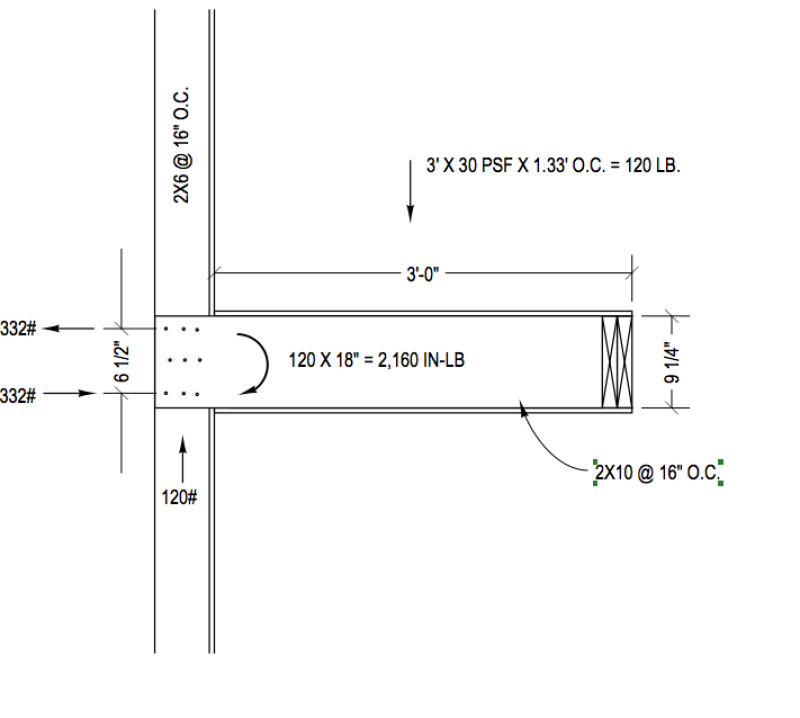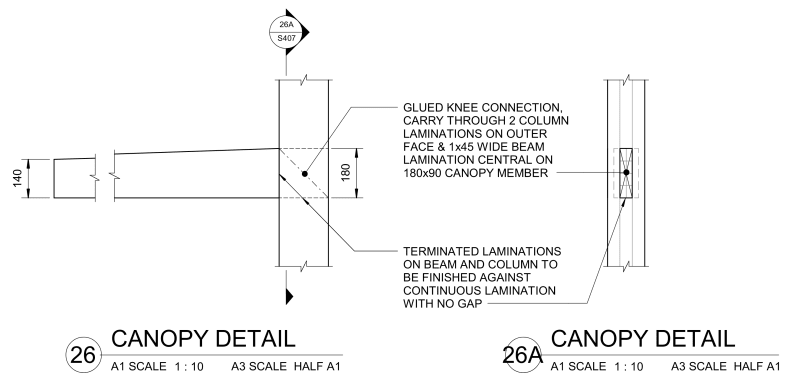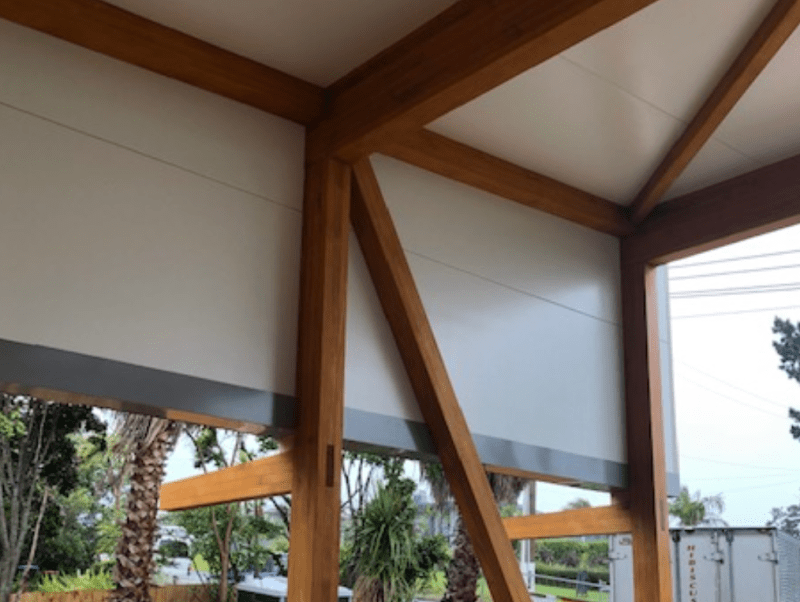XR250
Structural
- Jan 30, 2013
- 5,911
The Architect wants a 3 ft. awning over a large portion of this house. Rather than get into using exposed diagonal rods, I suggested we use a system as shown...

Was going to attach with 10d nails but could also use bolts or screws. The loads seem reasonable and the majority of the time it will only have dead load.
I appreciate some feedback.
Thanks!

Was going to attach with 10d nails but could also use bolts or screws. The loads seem reasonable and the majority of the time it will only have dead load.
I appreciate some feedback.
Thanks!


